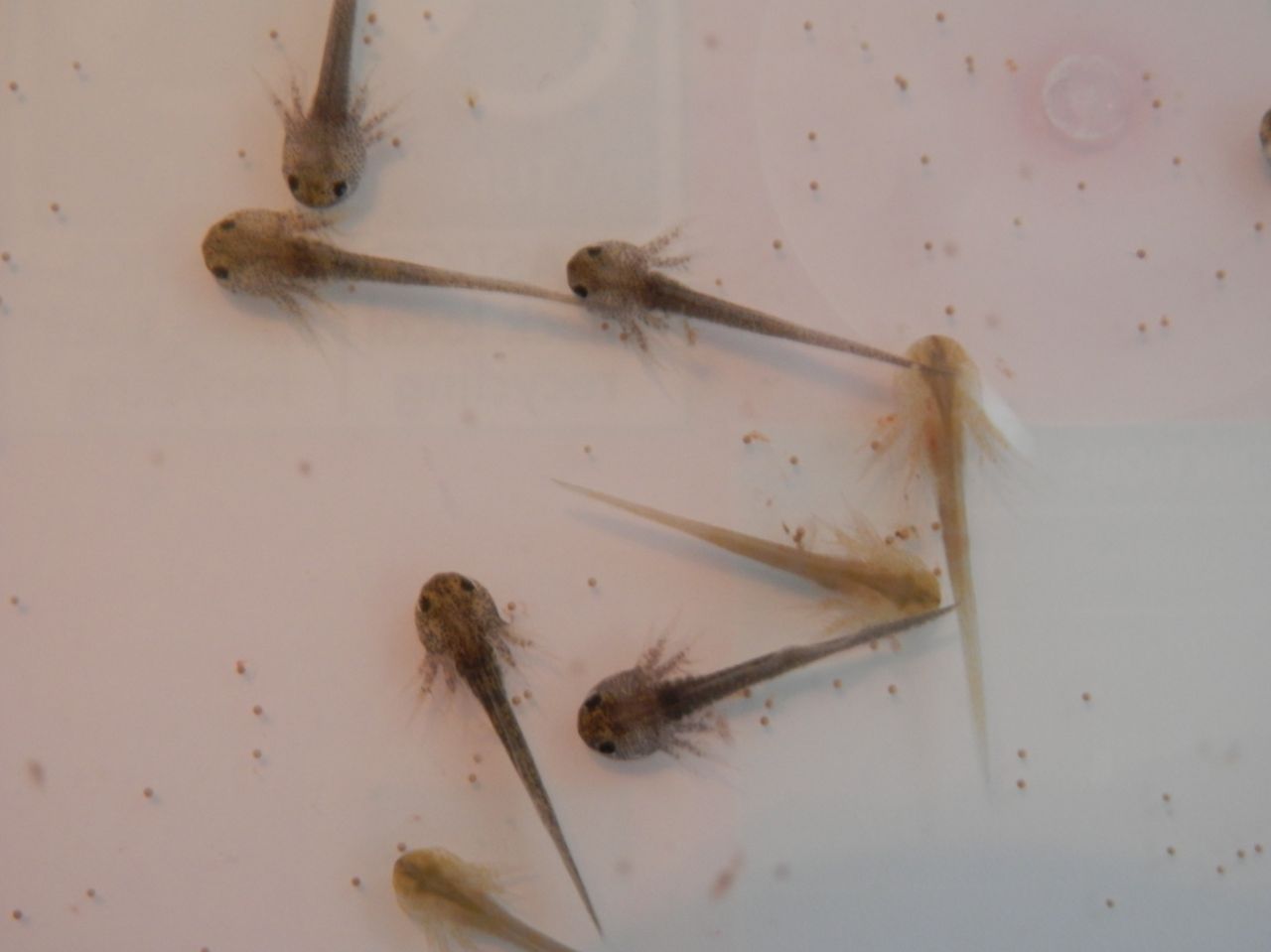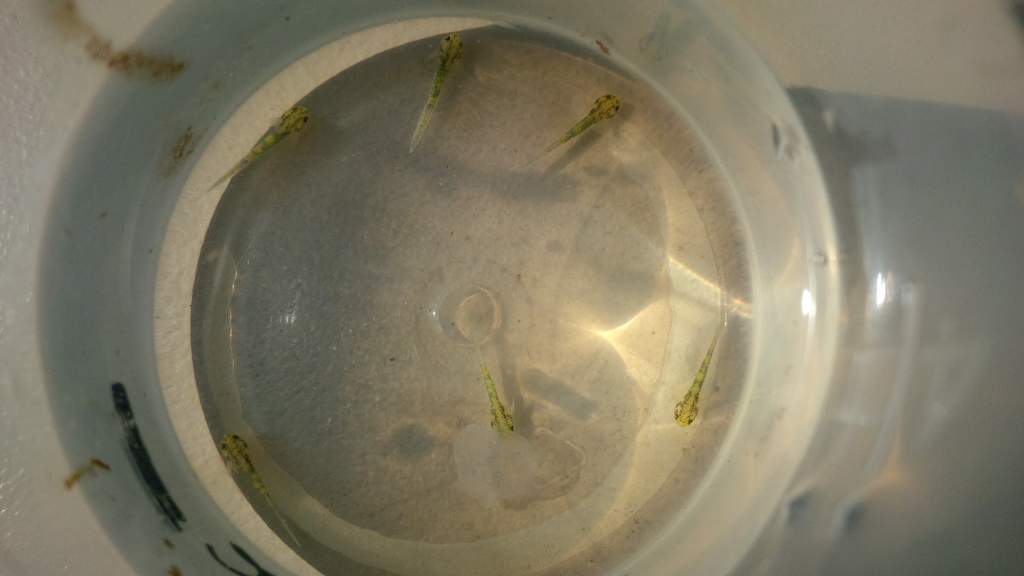How To Hatch Axolotl Eggs – Embyro Development
How To Hatch Axolotl Eggs - Embryo Development
There are two colours that Axolotl can be, white or black. The white Axolotl eggs are from Axolotls of the Albino family and the black eggs are from Axolotls from the pigmented family. This means Axolotls such as the White Albino, Golden Albino, and copper Axolotl will have white eggs. Axolotls such as the Leucistics, Wild Types, and melanoid will have black eggs.
You won't be able to tell the colour / morph or gender of your Axolotl by the colour or look of the eggs. You will be able to tell the morph of your Axolotl a little after they hatch. You will be able to tell the gender of your Axolotl once it is about a year old on average.
Axolotl eggs are fairly easy to hatch as long as the male and female do their part in fertilizing the eggs. All you need to do on your part is to ensure the eggs are placed in an environment with little water movement, excellent water quality (free from as many microorganisms as possible), and suitable temperature. From there you let the eggs do their thing and develop. If the eggs are fertile and you provide a proper environment the eggs should develop following the stages below.
Note that egg development will differ by a few days depending on the temperature of the water. You should keep you Axolotl eggs at the same temperature that you would keep your Axolotl.
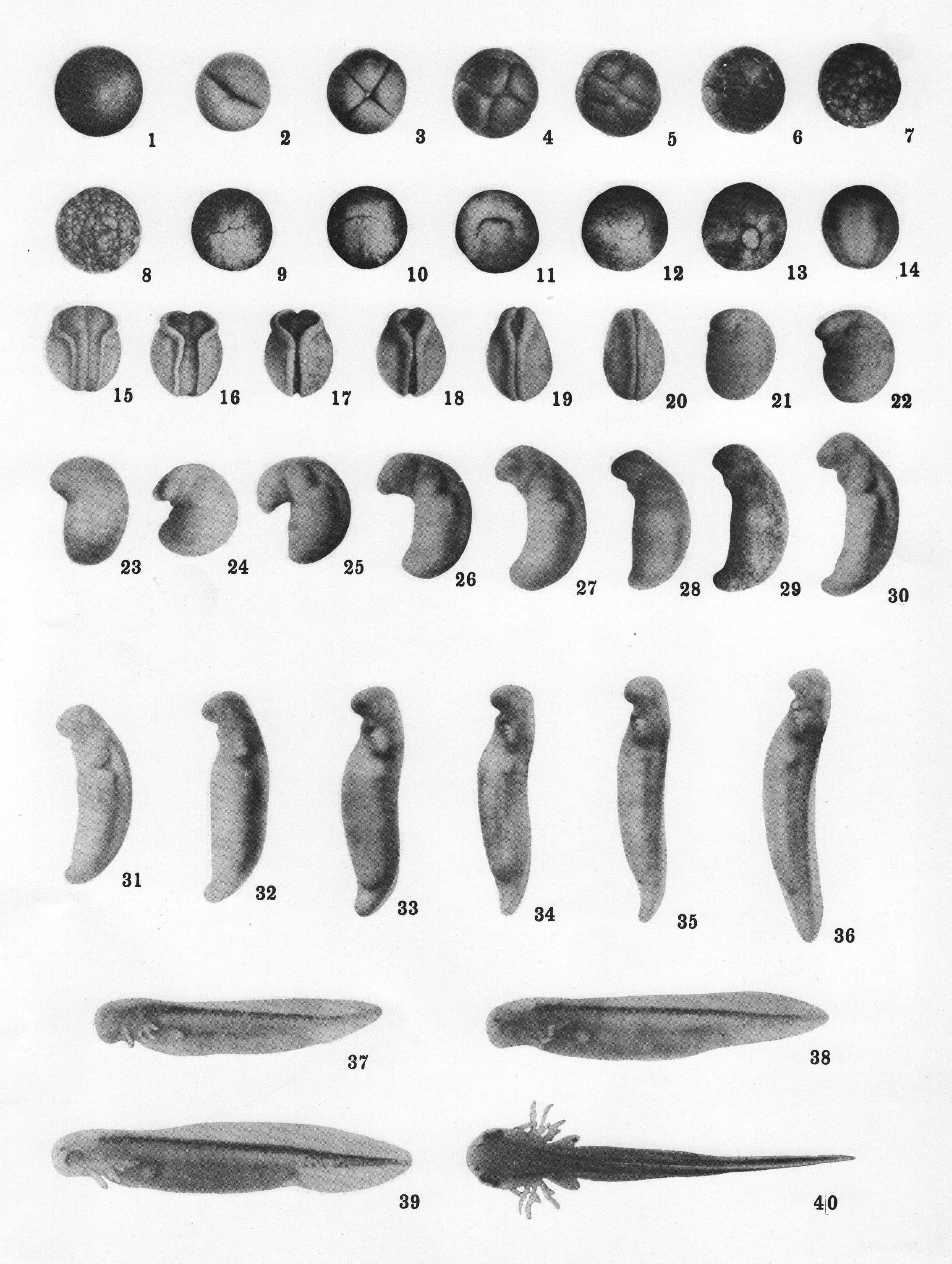
Day 1
The eggs at this stage are round smooth balls. Throughout the next couple of days these small round smooth balls will become rougher.

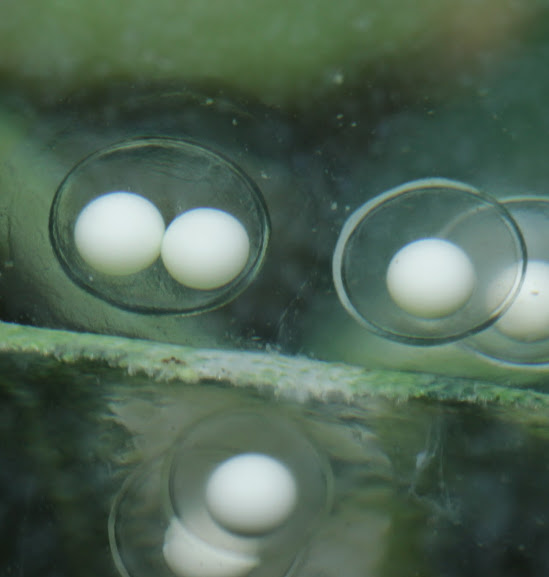
Day 4
The embryo in the eggs begins to flatten.

Day 5
This stage is known as the comma stage. This stage is when the eggs begin to noticeably change.

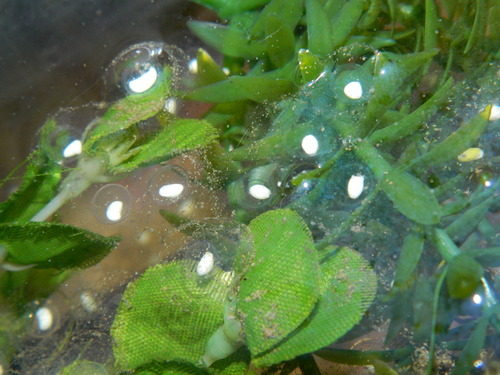
Day 6-8
At this stage, external gills begin to develop and become visible.


Day 9-14
The Axolotl will have finished its development in the egg. The Axolotl will develop everything except for any of its legs. The Axolotls will develop their limbs after they hatch.

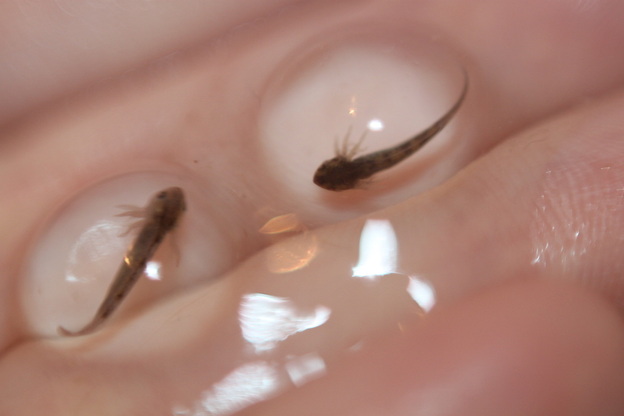
Day 15 +
All if not most of the Axolotls should be hatched at this point.
